Spatial and Open Research Data Infrastructure for Planetary Science - Lessons learned from European developments
- 1DLR / Institut of Planetary Research, Planetary Geology, Berlin, Germany
- 2Federal Institute for Geosciences and Natural Resources (BGR), Stilleweg 2, 30655 Hannover, Germany
- 3National Chengchi University, Dep. of Land Economics, No. 64, Sec. 2, Zhi-Nan Road, Taipei 11605, Taiwan
- 4Jacobs University Bremen, Physics & Earth Sciences, Campus Ring 1, 28759 Bremen, Germany
The planetary community has access to a wealth of raw research data by using central data distribution platforms such as the Planetary Data System (PDS) [1], the Planetary Science Archive (PSA) [2] or specific mission archives. This research data becomes usable through its contents, i.e., the measurement, but also through the definition of extensive metadata descriptions without which raw data would be incomplete or even useless.
Beyond these archives, the International Planetary Data Alliance (IPDA) is responsible for the maintenance of the quality and performance of data from space instruments [3]. Established by NASA and the planetary science community in 2014 the Mapping and Planetary Spatial Infrastructure Team (MAPSIT), originally named the Cartography Research Assessment Group (CRAG), takes care of the American objectives in space by ensuring the usage of planetary data for scientific and engineering communities [4]. Beside these, further efforts focus on e.g. data access system [e.g. 5], on interoperability [e.g. 6] and infrastructure topics [e.g. 7] related to mission data.
When it comes to data products derived from these raw data, such as processed image products, terrain models, modelled spectral information, maps, diagrams, data tables etc., there is a considerable lack of central archives allowing the research community to store and find derived research-data products. To enable a healthy planetary research-product life cycle (cf. [8]), questions on re-usability of planetary research products need to be addressed and a coordination of organizational processes is required. This involves questions regarding individual entities dealing with the modification, review, or dissemination of data. In order to facilitate such processes, concepts and initiatives such as OPEN data principles [9] and FAIR data [10] have been developed, and infrastructure frameworks have been conceptualized and implemented. Spatial Data Infrastructures (SDI) have spawned in the 1990s due to growing amount of data and the need to make decisions based on reliably maintained data [11].
The SDI Directive INSPIRE of the European Commission represents one of the largest SDIs and was established 2007 on the European level, to enable sharing of environmental spatial information [12]. It builds on established standards such as the OGC [13] and ISO [14] for metadata and services, and serves with data models, vocabularies and other mainly technical specifications [15]. In the Earth sciences infrastructures have been developing organically over the years and adapted to ever growing needs. This approach differs from developments in the planetary sciences that we are currently witnessing, but yet it presents an extremely valuable base of knowledge and experience in order to avoid facing similar problems and deal with challenges right from the beginning.
In order to learn from experiences in Earth observations and mapping, to be able to adopt structures into a provision and reuse of planetary research products, we aim to streamline the discussion within the planetary community. We here discuss the common planetary research-data life cycle and highlight, how the existing life cycle could be positively affected and enriched from a user- and process-centric view, by translating established SDI experience and workflows of INSPIRE into the planetary domain. We will discuss this process from using a discrete research data product: the map, due to its high level of abstraction and complexity. We will subsequently abstract this research product and transfer its characteristics to a wider range of different research product types.
References:
[1] Planetary Data System (PDS), 2020, https://pds.nasa.gov/
[2] Planetary Science Archive (PSA), 2020, https://archives.esac.esa.int/psa/#!Home%20View
[3] International Planetary Data Alliance, IPDA, 2020, https://planetarydata.org/
[4] Mapping and Planetary Spatial Infrastructure Team (MAPSIT), 2020 https://www.lpi.usra.edu/mapsit/
[5] Erard, S. et al, 2018, VESPA: A community-driven Virtual Observatory in Planetary Science. PSS 150, doi.org/10.1016/j.pss.2017.05.013
[6] Hare, T. et al, 2018, Interoperability in planetary research for geospatial data analysis, PSS 150, doi.org/10.1016/j.pss.2017.04.004
[7] Laura, J. et al. 2017, Towards a Planetary Spatial Data Infrastructure, ISPRS Int. J. Geo-Inf. 6, 181, doi:10.3390/ijgi6060181
[8] Office of Information, Knowledge and Library Services, 2020, Research data life cycle, https://blogs.ntu.edu.sg/lib-datamanagement/data-lifecycle/
[9] OPEN Knowledge Foundation, 2020, Open Data Handbook. http://opendatahandbook.org/guide/en/
[10] Wilkinson, M. et al., 2016, The FAIR Guiding principles for scientific data management and stewardship. Scientific Data, doi:10.1038/sdata.2016.18
[11] Global Spatial Data Infrastructure (GSDI), 2001, The SDI Cookbook version 1.1, Editor: D. Nebert, Technical Working Group Chair
[12] INSPIRE as Knowledge Base 2020. https://inspire.ec.europa.eu/
[13] Open Geospatial Consortium (OGC), 2020, https://www.iso.org/standards.html
[14] International Organization for Standardization (ISO), 2020, https://www.iso.org/standards.html
[15] INSPIRE, 2007, Directive 2007/2/EC of the European Parliament and of the Council of 14 March 2007 establishing an Infrastructure for Spatial Information in the European Community (INSPIRE)
How to cite: Nass, A., Asch, K., van Gasselt, S., and Rossi, A. P.: Spatial and Open Research Data Infrastructure for Planetary Science - Lessons learned from European developments, Europlanet Science Congress 2020, online, 21 September–9 Oct 2020, EPSC2020-1058, https://doi.org/10.5194/epsc2020-1058, 2020

